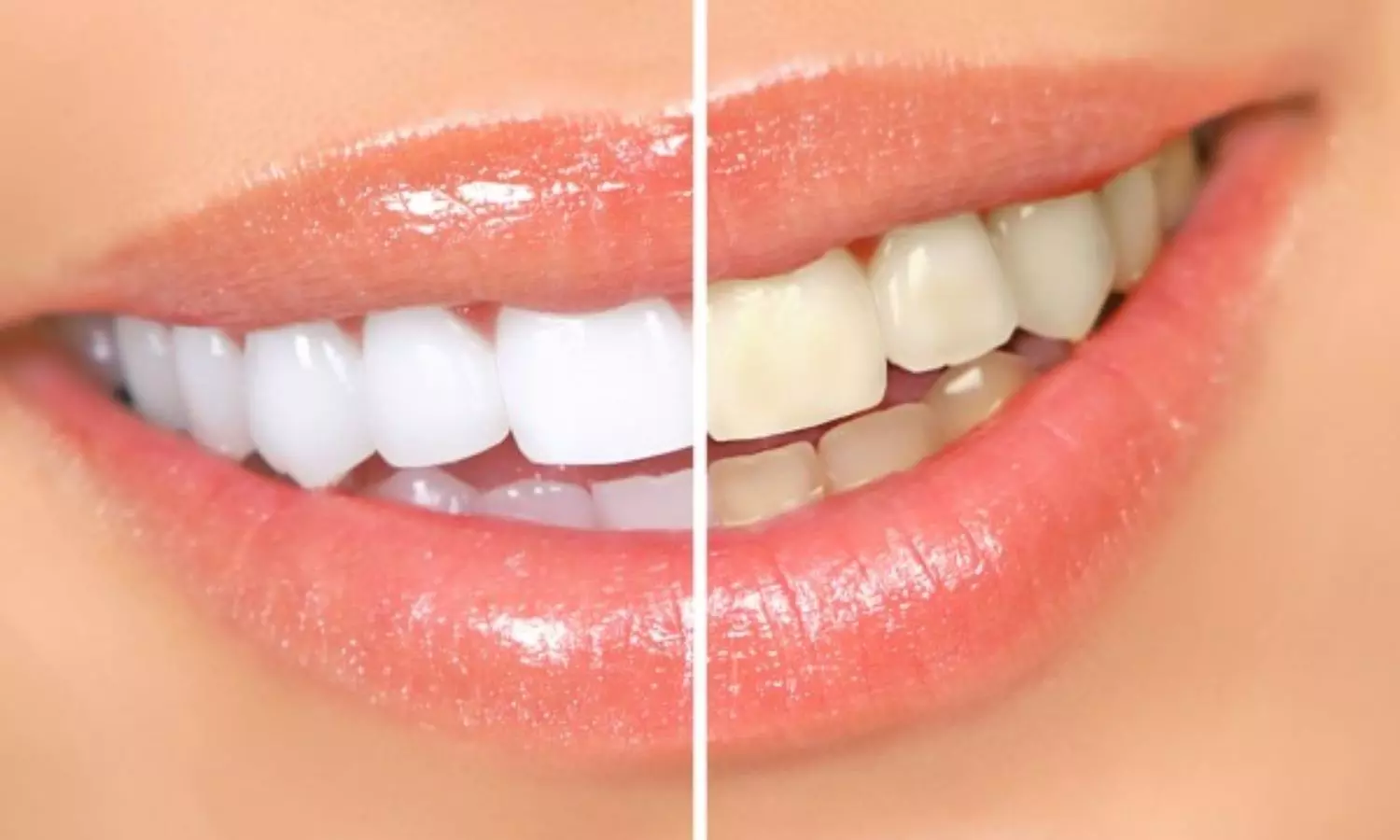
Young people with a diagnosable mental health condition report differences in their experiences of social media compared to those without a condition, including greater dissatisfaction with online friend counts and more time spent on social media sites.
This is according to a new study led by the University of Cambridge, which suggests that adolescents with “internalising” conditions such as anxiety and depression report feeling particularly affected by social media.
Young people with these conditions are more likely to report comparing themselves to others on social media, feeling a lack of self-control over time spent on the platforms, as well as changes in mood due to the likes and comments received.
Researchers found that adolescents with any mental health condition report spending more time on social media than those without a mental health condition, amounting to an average of roughly 50 minutes extra on a typical day.
The study, led by Cambridge’s Medical Research Council Cognition and Brain Sciences Unit (MRC CBU), analysed data from a survey of 3,340 adolescents in the UK aged between 11 and 19 years old, conducted by NHS Digital in 2017.
It is one of the first studies on social media use among adolescents to utilise multi-informant clinical assessments of mental health. These were produced by professional clinical raters interviewing young people, along with their parents and teachers in some cases.
“The link between social media use and youth mental health is hotly debated, but hardly any studies look at young people already struggling with clinical-level mental health symptoms,” said Luisa Fassi, a researcher at Cambridge’s MRC CBU and lead author of the study, published in the journal Nature Human Behaviour.
“Our study doesn’t establish a causal link, but it does show that young people with mental health conditions use social media differently than young people without a condition.
“This could be because mental health conditions shape the way adolescents interact with online platforms, or perhaps social media use contributes to their symptoms. At this stage, we can’t say which comes first – only that these differences exist,” Fassi said.
The researchers developed high benchmarks for the study based on existing research into sleep, physical activity and mental health. Only findings with comparable levels of association to how sleep and exercise differ between people with and without mental health conditions were deemed significant.
While mental health was measured with clinical-level assessments, social media use came from questionnaires completed by study participants, who were not asked about specific platforms.
As well as time spent on social media, all mental health conditions were linked to greater dissatisfaction with the number of online friends. “Friendships are crucial during adolescence as they shape identity development,” said Fassi.
“Social media platforms assign a concrete number to friendships, making social comparisons more conspicuous. For young people struggling with mental health conditions, this may increase existing feelings of rejection or inadequacy.”
Researchers looked at differences in social media use between young people with internalising conditions, such as anxiety, depression and PTSD, and externalising conditions, such as ADHD or conduct disorders.
The majority of differences in social media use were reported by young people with internalising conditions. For example, “social comparison” – comparing themselves to others online – was twice as high in adolescents with internalising conditions (48%, around one in two) than for those without a mental health condition (24%, around one in four).
Adolescents with internalising conditions were also more likely to report mood changes in response to social media feedback (28%, around 1 in 4) compared to those without a mental health condition (13%, around 1 in 8). They also reported lower levels of self-control over time spent on social media and a reduced willingness to be honest about their emotional state when online.
“Some of the differences in how young people with anxiety and depression use social media reflect what we already know about their offline experiences. Social comparison is a well-documented part of everyday life for these young people, and our study shows that this pattern extends to their online world as well,” Fassi said.
By contrast, other than time spent on social media, researchers found few differences between young people with externalising conditions and those without a condition.
“Our findings provide important insights for clinical practice, and could help to inform future guidelines for early intervention,” said Cambridge’s Dr Amy Orben, senior author of the study.
“However, this study has only scratched the surface of the complex interplay between social media use and mental health. The fact that this is one of the first large-scale and high-quality studies of its kind shows the lack of systemic investment in this space.”
Added Fassi: “So many factors can be behind why someone develops a mental health condition, and it’s very hard to get at whether social media use is one of them.”
“A huge question like this needs lots of research that combines experimental designs with objective social media data on what young people are actually seeing and doing online.”
“We need to understand how different types of social media. content and activities affect young people with a range of mental health conditions such as those living with eating disorders, ADHD, or depression. Without including these understudied groups, we risk missing the full picture.”
Reference:
Fassi, L., Ferguson, A.M., Przybylski, A.K. et al. Social media use in adolescents with and without mental health conditions. Nat Hum Behav (2025). https://doi.org/10.1038/s41562-025-02134-4










